The sound of waves, the scent of salt air, and the feel of sand between your toes appeal to something primal in the human spirit. Yet popular beaches often become victims of their beauty, with packed parking lots and towel-to-towel crowds diminishing the very tranquility that seekers came to find. Fortunately, countless coastal gems remain relatively undiscovered, offering authentic seaside experiences without the overwhelming presence of other visitors.
Here is a list of 20 coastal destinations that deliver magnificent ocean views, pristine beaches, and maritime charm while still flying under the radar of mass tourism.
Comporta, Portugal
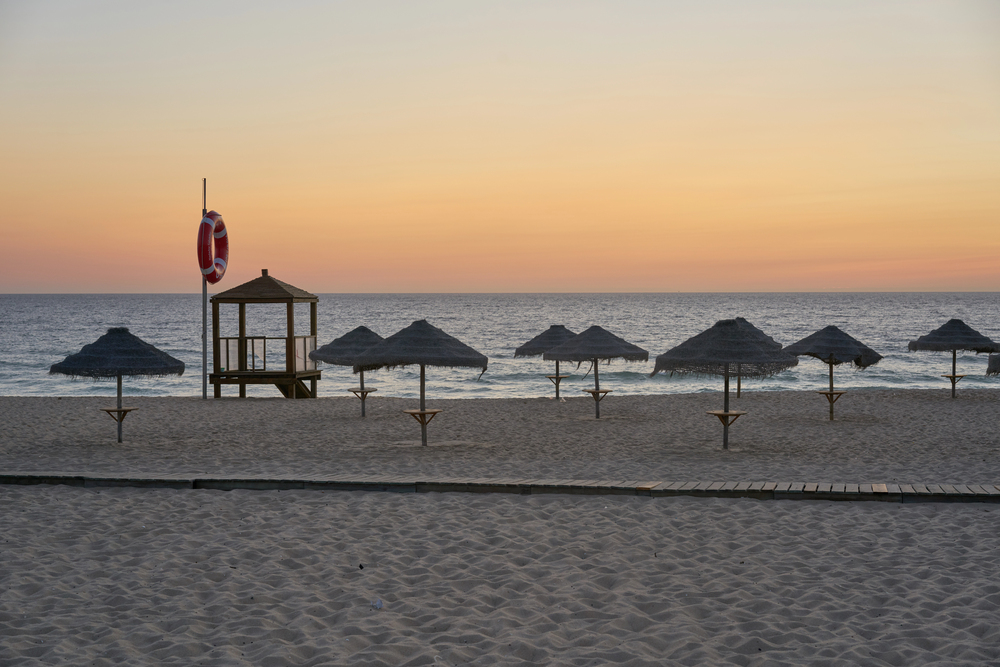
Comporta sits just 90 minutes from Lisbon yet remains delightfully undeveloped, with miles of pristine Atlantic beaches backed by protected pine forests and rice fields. Local building restrictions limit structures to two stories, preserving the low-key atmosphere and unobstructed horizon views.
The handful of chic restaurants and boutiques blend seamlessly with traditional fishing huts, creating a refined yet unpretentious escape from Portugal’s more famous coastal destinations.
Olympic Coast, Washington
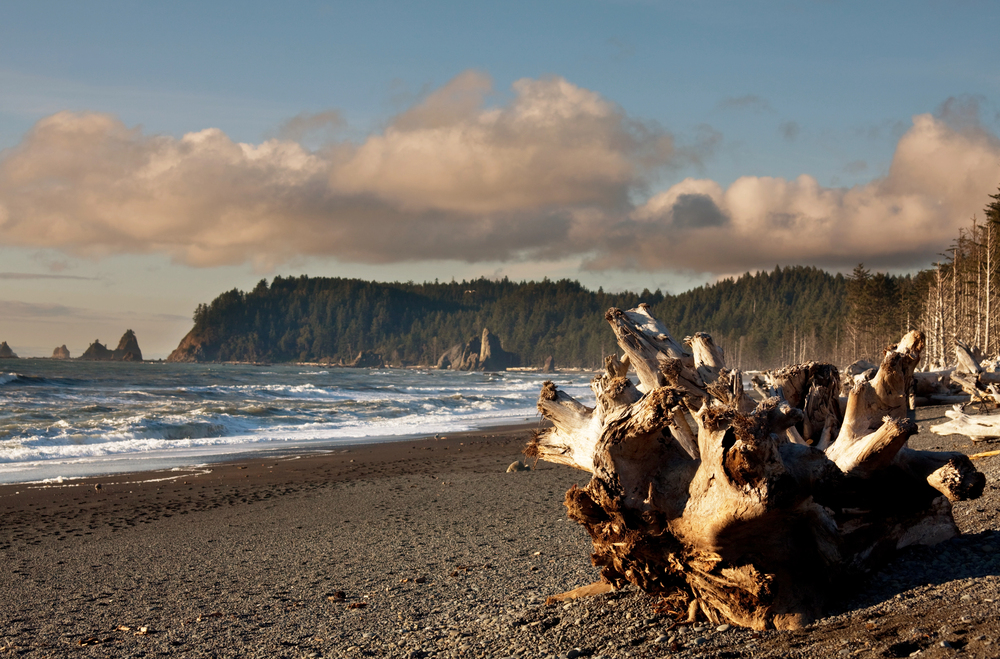
Olympic Coast offers nearly 73 miles of wilderness shoreline protected within Olympic National Park, where tide pools, sea stacks, and driftwood forests create a primeval coastal landscape. Most beaches require hikes ranging from ten minutes to several hours, naturally limiting visitor numbers and rewarding effort with genuine solitude.
Moody weather patterns bring atmospheric fog and dramatic storm watching opportunities outside summer months, when the region sees fewer visitors but no less beauty.
Like Travel Pug’s content? Follow us on MSN.
Knoydart Peninsula, Scotland
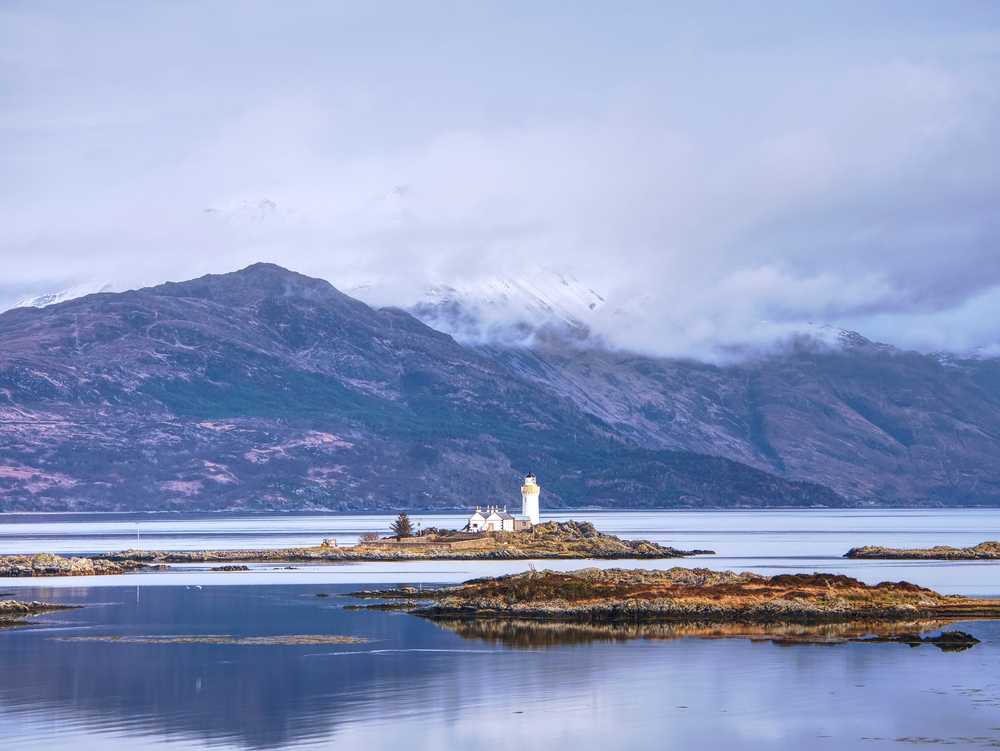
Knoydart Peninsula claims the title of mainland Britain’s most remote region, accessible only by boat or an 18-mile hike over mountainous terrain. The effort required to reach its pristine beaches and hidden coves ensures you’ll likely have them entirely to yourself, even in summer.
The single village of Inverie houses just 120 residents and features a famous pub called “The Old Forge”, where hikers and sailors exchange tales of their journeys to this isolated coastal haven.
Vipava Valley Coast, Slovenia
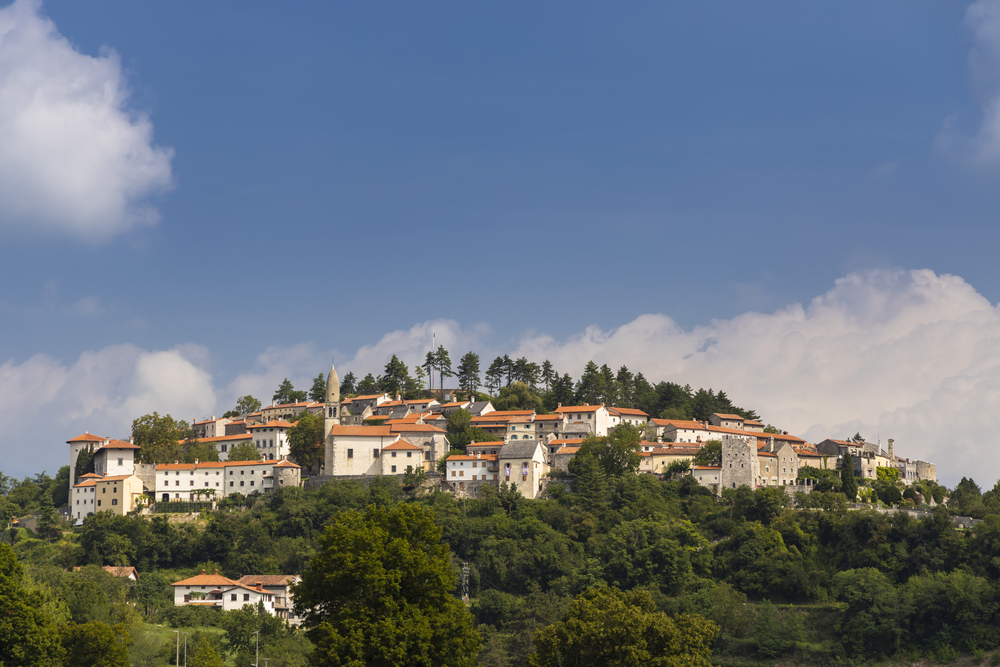
Vipava Valley Coast offers a tiny 29-mile slice of Adriatic shoreline that remains overshadowed by neighboring Italian and Croatian beaches despite equal beauty and a fraction of the visitors. Small fishing villages with centuries-old stone harbors provide an authentic maritime atmosphere without souvenir shops or high-rise hotels.
Local residents still significantly outnumber tourists, particularly outside of July and August, creating genuine cultural experiences alongside Mediterranean swimming opportunities.
Coromandel Peninsula, New Zealand
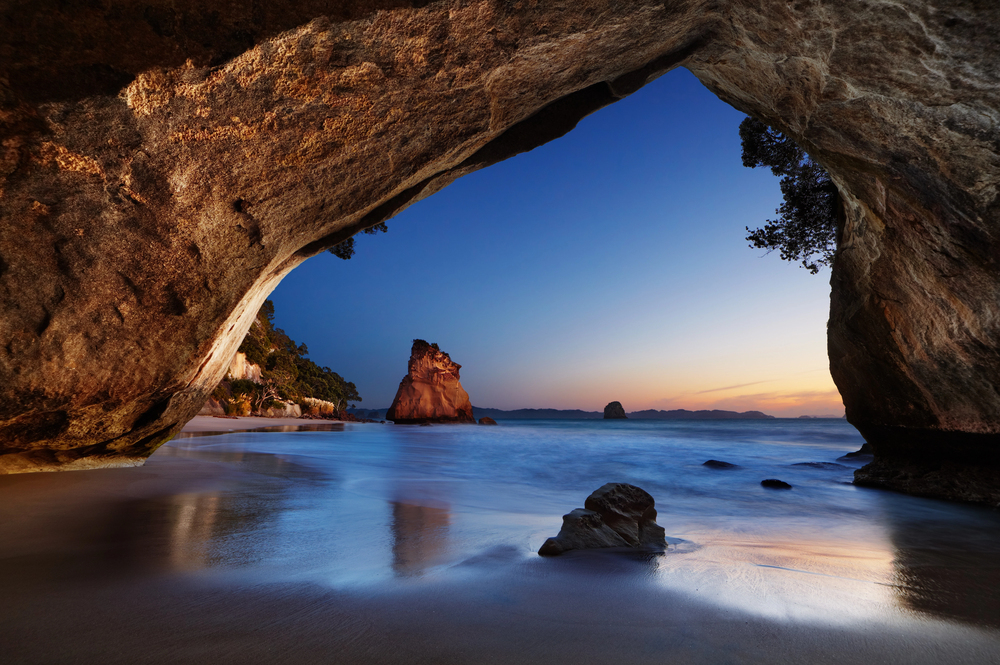
Coromandel Peninsula curves into the Pacific with dozens of beaches accessible only by boat or forest walking tracks, ensuring that even during peak season, you can find isolated stretches of sand. The famous Cathedral Cove might draw crowds, but beaches like New Chums require just enough effort to reach that visitor numbers remain manageable.
The peninsula’s remote eastern shore features beaches where footprints in the sand are more likely to belong to native birds than fellow humans.
Like Travel Pug’s content? Follow us on MSN.
Gokarna, India
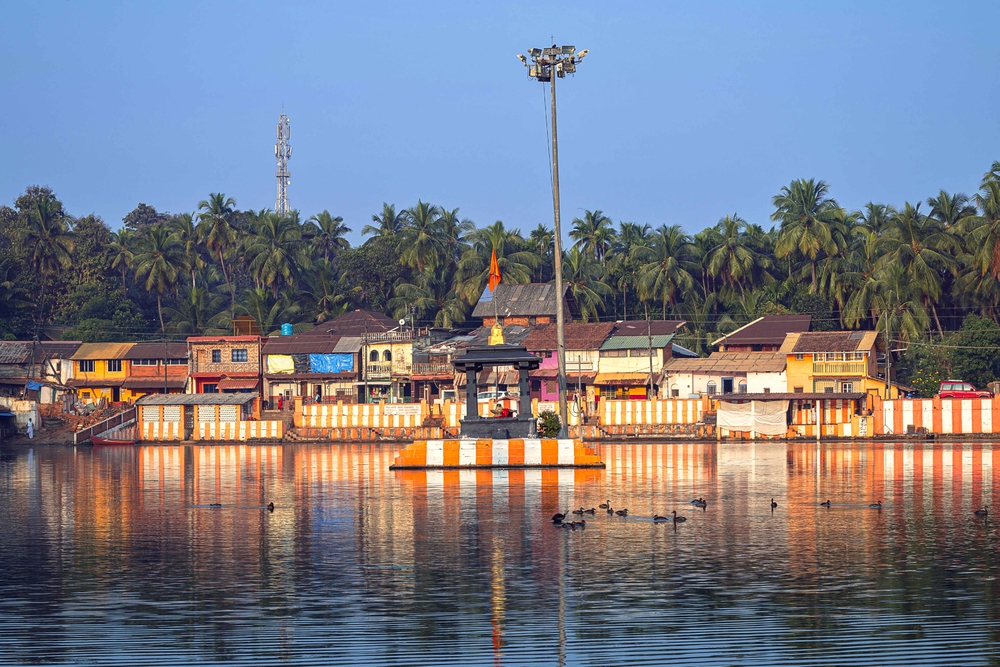
Gokarna maintains its traditional character as a Hindu pilgrimage town while offering a string of crescent beaches connected by headland trails far from the development of nearby Goa. The main town centers around ancient temples rather than tourist facilities, creating an authentic atmosphere rarely found in coastal destinations.
Paradise Beach, accessible only by boat or a moderate hike, rewards visitors with golden sand and clear waters where overnight camping remains possible during non-monsoon months.
Port Barton, Philippines
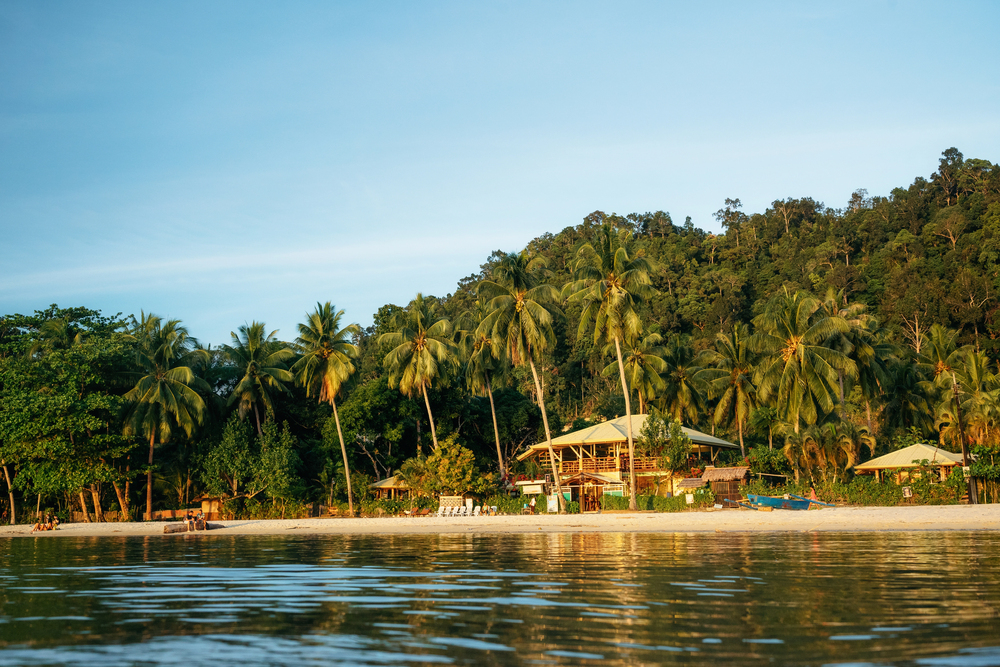
Port Barton sits on Palawan Island yet sees a fraction of the visitors that flock to El Nido or Coron, preserving its fishing village authenticity and relaxed pace. The modest beachfront features a handful of family-run guesthouses rather than major resorts, with electricity still running only from evening until midnight in parts of town.
Offshore islands remain largely undeveloped, offering pristine snorkeling and white sand beaches accessible by traditional bangka boats operated by local families.
Samaná Peninsula, Dominican Republic
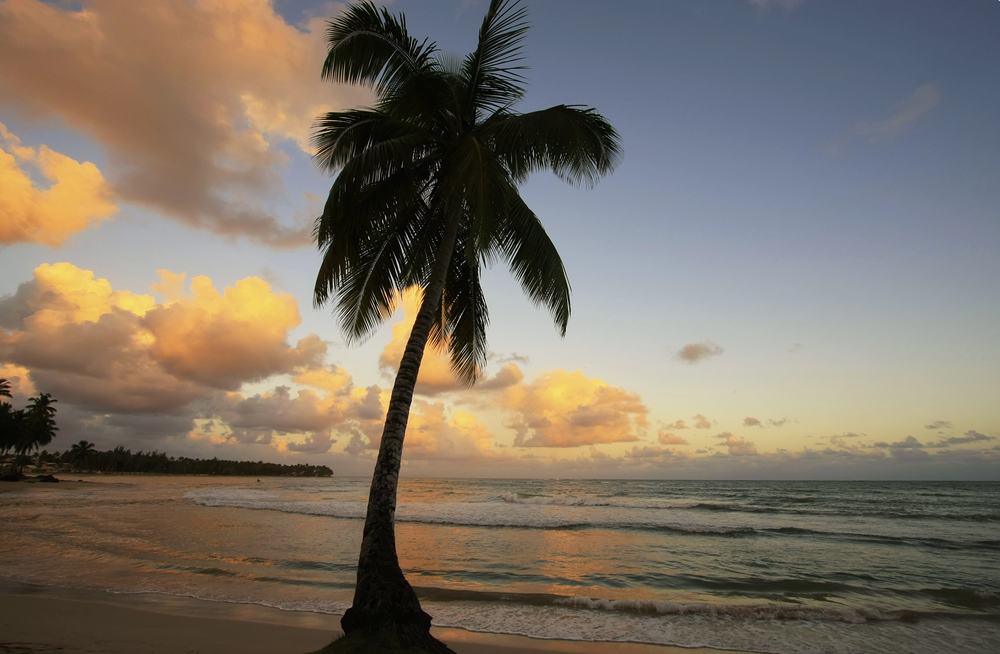
Samaná Peninsula juts into the Atlantic from the Dominican Republic’s northeastern coast, separated from mass tourism by mountains and poor roads that discourage day-trippers. The handful of small towns maintain their Dominican character rather than transforming into all-inclusive enclaves, with local life continuing alongside modest tourism development.
Playa Rincón stretches for nearly three miles with minimal facilities and maximal natural beauty, accessible via boat ride or a rough road that limits casual visitors.
Like Travel Pug’s content? Follow us on MSN.
Penghu Islands, Taiwan
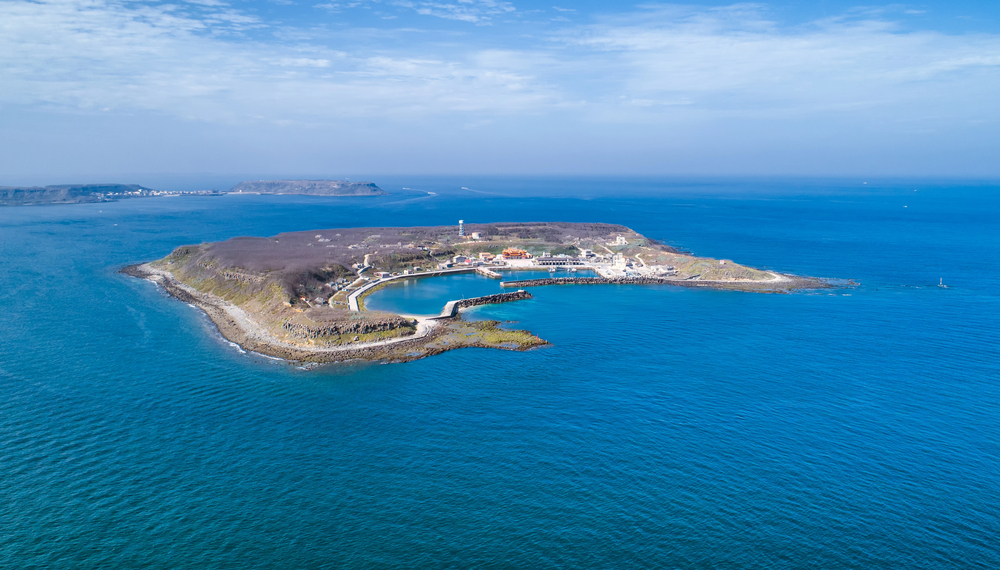
Penghu Islands comprise 90 islets in the Taiwan Strait, where traditional stone-walled villages and pristine beaches remain largely undiscovered by international travelers. Outside the main town of Magong, many beaches see almost no visitors, particularly on the outer islands accessible by local ferries.
The archipelago’s position creates world-class windsurfing conditions during winter months, while summer brings calm waters perfect for swimming along beaches backed by traditional banyan trees rather than high-rise hotels.
Karpaz Peninsula, Cyprus
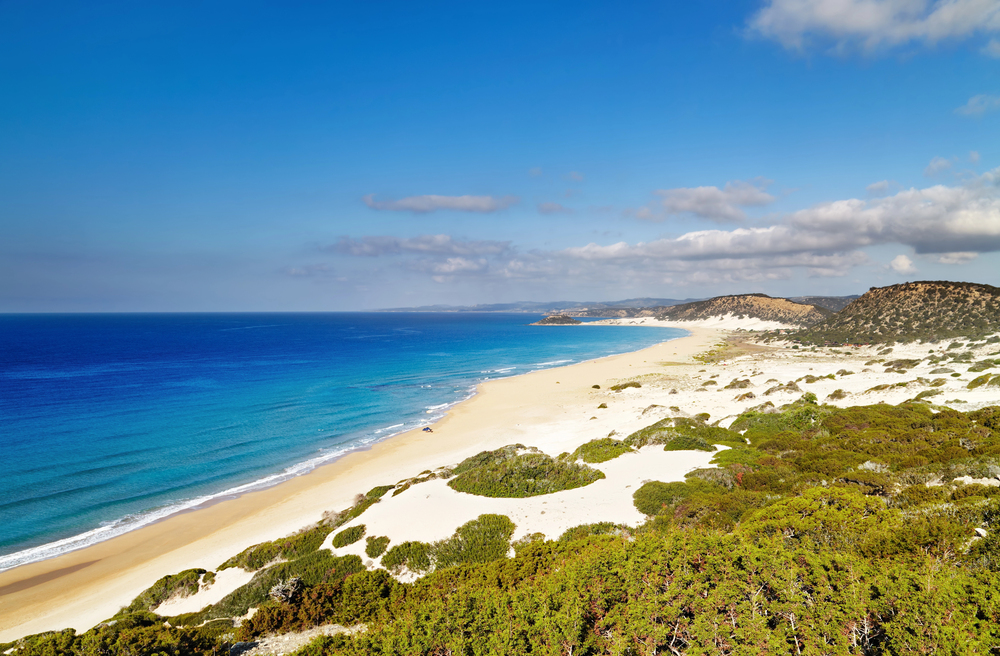
Karpaz Peninsula forms the remote northeastern finger of Cyprus, where wild donkeys outnumber tourists and development restrictions preserve miles of untouched Mediterranean coastline. The few existing accommodations emphasize sustainability and minimal environmental impact, attracting conscious travelers seeking authenticity over amenities.
Golden Beach stretches for five miles without a single permanent structure, offering camping opportunities beneath the stars in one of the Mediterranean’s last truly wild coastal areas.
Cahuita, Costa Rica
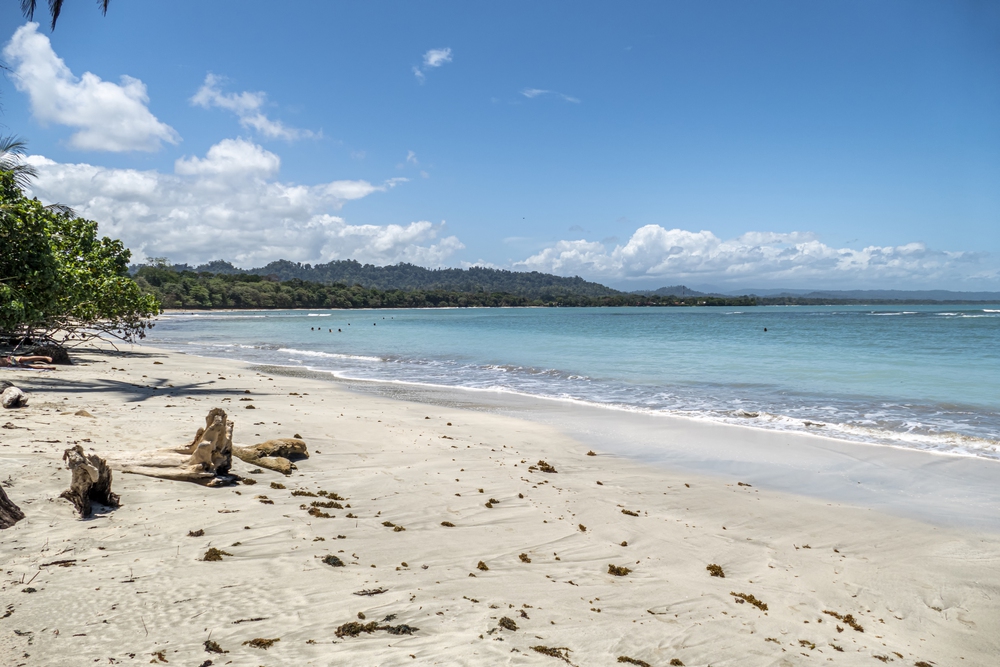
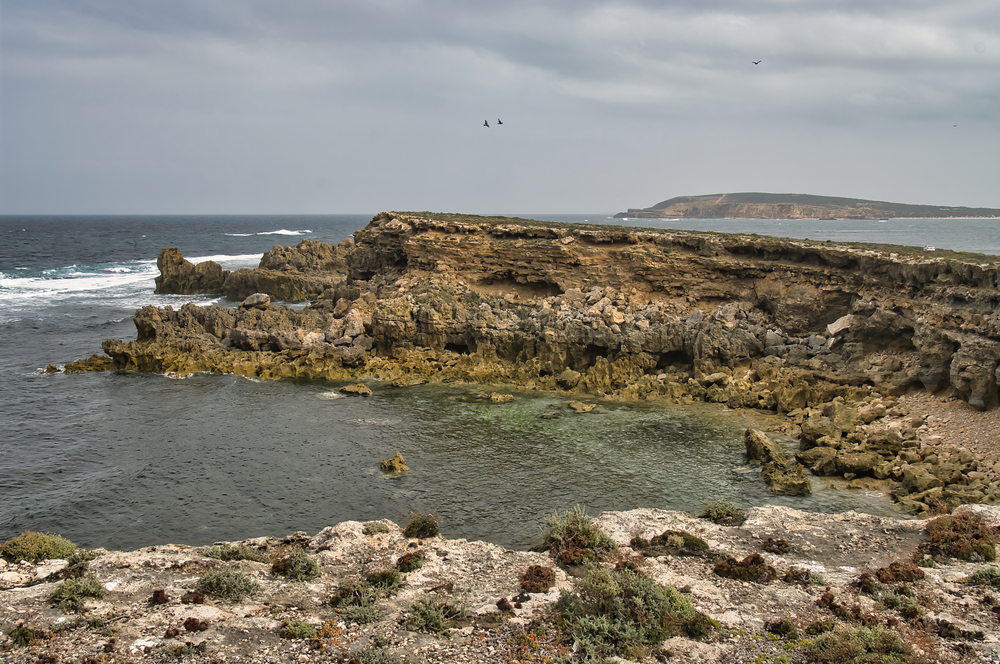 Image Credit: DepositPhotos
Image Credit: DepositPhotosCahuita combines Caribbean culture, black sand beaches, and a national park protecting coral reefs just offshore, yet receives a fraction of the visitors heading to Costa Rica’s Pacific coast. The one-road town maintains its Afro-Caribbean character with colorful wooden buildings and reggae rhythms floating through the air instead of resort developments.
Wildlife frequently appears on the beaches, with sloths, monkeys, and raccoons making regular appearances along the shoreline, particularly during quieter morning hours.
Like Travel Pug’s content? Follow us on MSN.
Eyre Peninsula, Australia

Eyre Peninsula encompasses over 1,200 miles of shoreline facing the Great Australian Bight, where vertical cliffs drop into whale-filled waters and pristine beaches stretch beyond the horizon. Many beaches remain unnamed and unpatrolled, appealing to self-sufficient travelers willing to bring everything they need for the day.
The seafood-focused towns maintain their working port character rather than tourist resort atmospheres, offering authentic Australian coastal experiences increasingly rare along the country’s more developed shores.
Wester Ross, Scotland
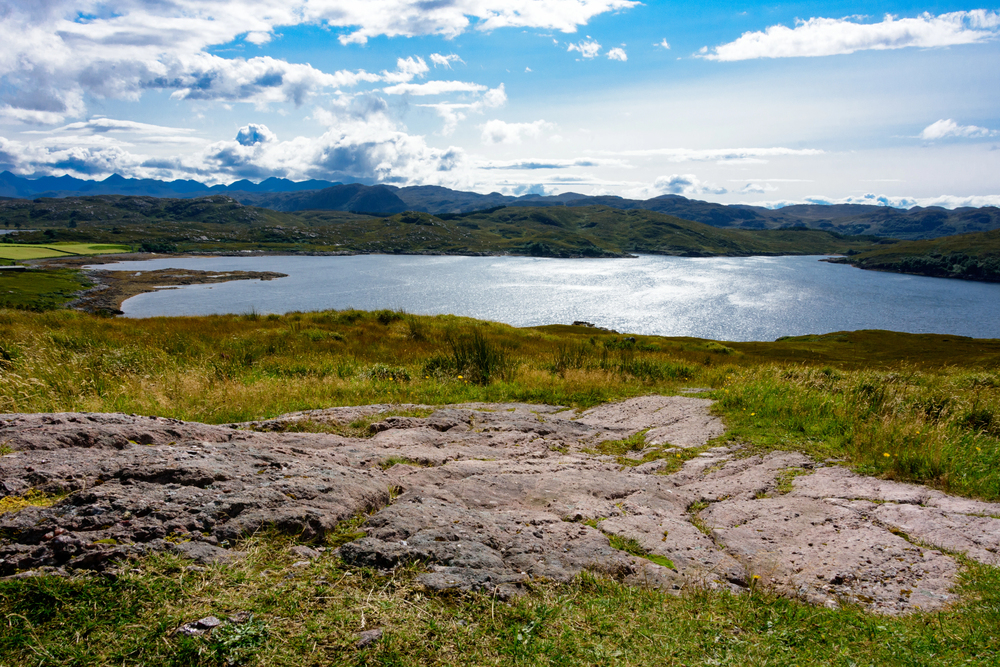
Wester Ross follows Scotland’s northwestern coast, with a magnificent landscape of mountains meeting the sea. Beaches of crushed coral create Caribbean-like white sand and turquoise waters under Highland skies. Single-track roads limit access to many bays and coves, ensuring crowds never materialize even during summer holiday periods.
The Gulf Stream creates surprisingly mild water temperatures, particularly in sheltered coves where swimming remains possible late into autumn.
Bahía Solano, Colombia
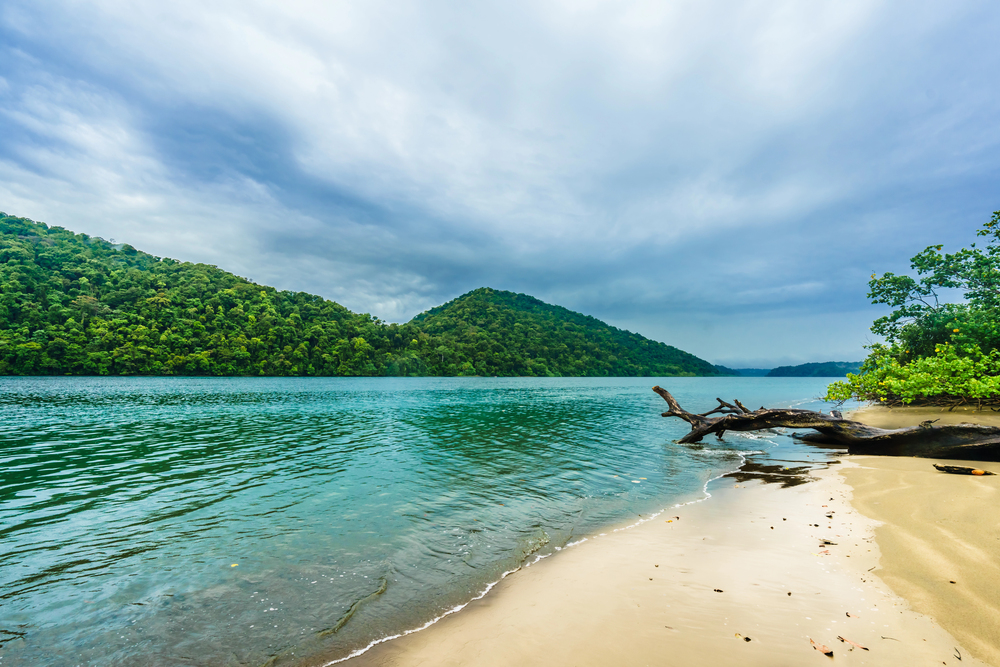
Bahía Solano is on Colombia’s Pacific coast, surrounded by Chocó rainforest. Limited flights and no road access preserve its undeveloped character and pristine beaches. The Afro-Colombian community maintains traditional fishing practices alongside modest tourism infrastructure catering primarily to Colombian visitors.
Humpback whales approach remarkably close to shore during migration season, while nesting sea turtles utilize beaches largely untouched by artificial light pollution that affects more developed coastal areas.
Like Travel Pug’s content? Follow us on MSN.
Île de Ré, France
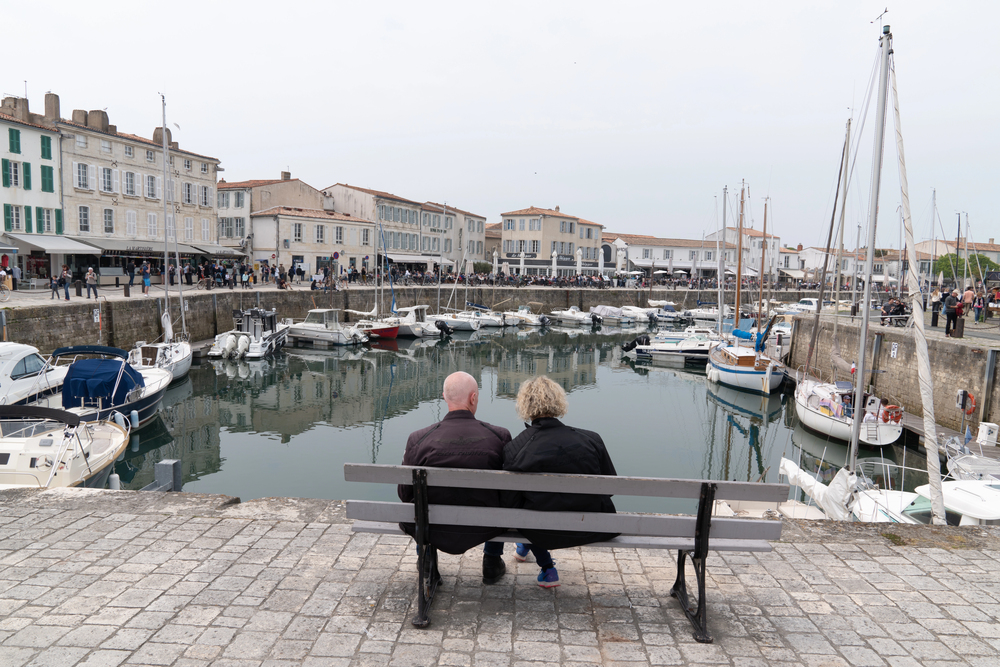
Île de Ré connects to mainland France by bridge but maintains strict development regulations preventing the overdevelopment seen elsewhere along the Atlantic coast. The island’s network of cycling paths provides the ideal way to explore beaches along its perimeter, many accessible only by bike or on foot.
Traditional salt pans still operate alongside oyster farms, maintaining the working landscape that attracted artists and writers long before tourists discovered this low-key alternative to the Riviera.
Kaş, Turkey
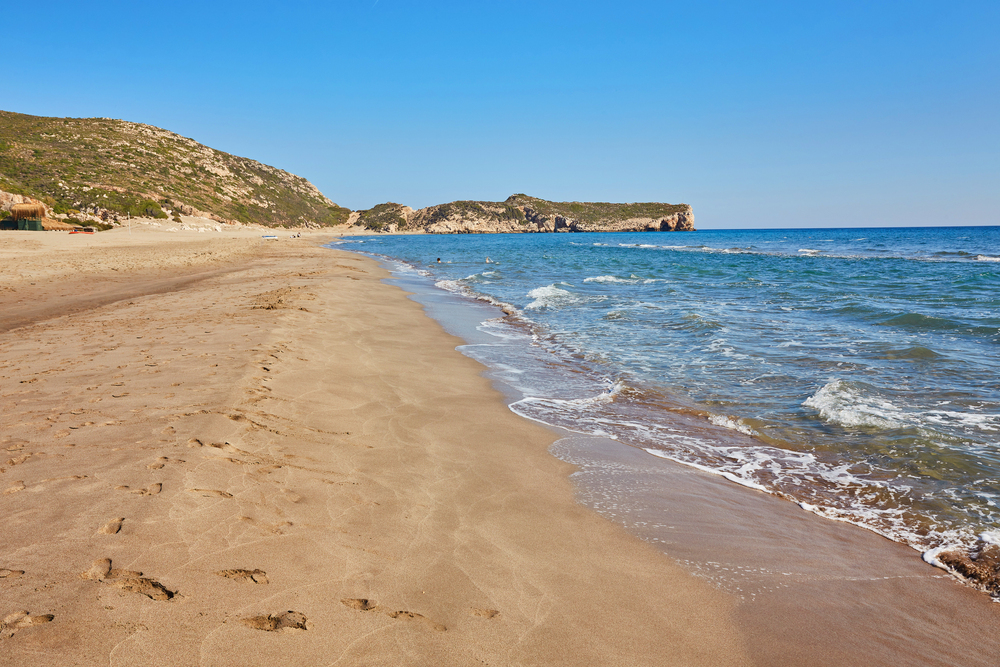
 Image Credit: DepositPhotos
Image Credit: DepositPhotosKaş clings to Turkey’s mountainous southern coast with a compact historic center stepping down to the Mediterranean, where beaches consist of peaceful rocky coves rather than long sandy stretches that attract mass tourism. The town’s position—closer to the Greek island of Kastellorizo than to the nearest Turkish city—creates a distinctive blend of cultural influences and genuine local character.
Ancient Lycian ruins dot the surrounding landscape, often providing solitary vantage points overlooking crystal-clear bays virtually empty outside the brief high season.
Máncora, Peru
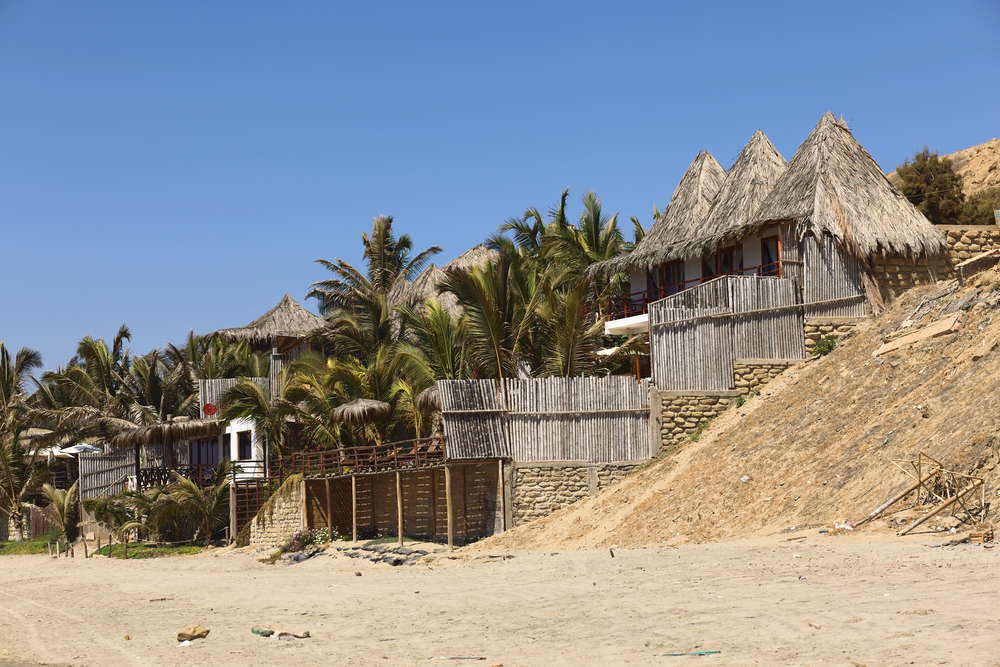
Mancora sits in Peru’s northern coastal desert, where consistent sunshine and perfect left-breaking waves attract surfers without overwhelming the small town’s infrastructure or atmosphere. The six-mile beach allows visitors to find personal space even during peak periods, with development limited to the central area.
Peru’s traditional coastal cuisine takes center stage, unlike international restaurant chains, with cevicherías serving morning catches brought directly from boats visible offshore.
Like Travel Pug’s content? Follow us on MSN.
Cíes Islands, Spain
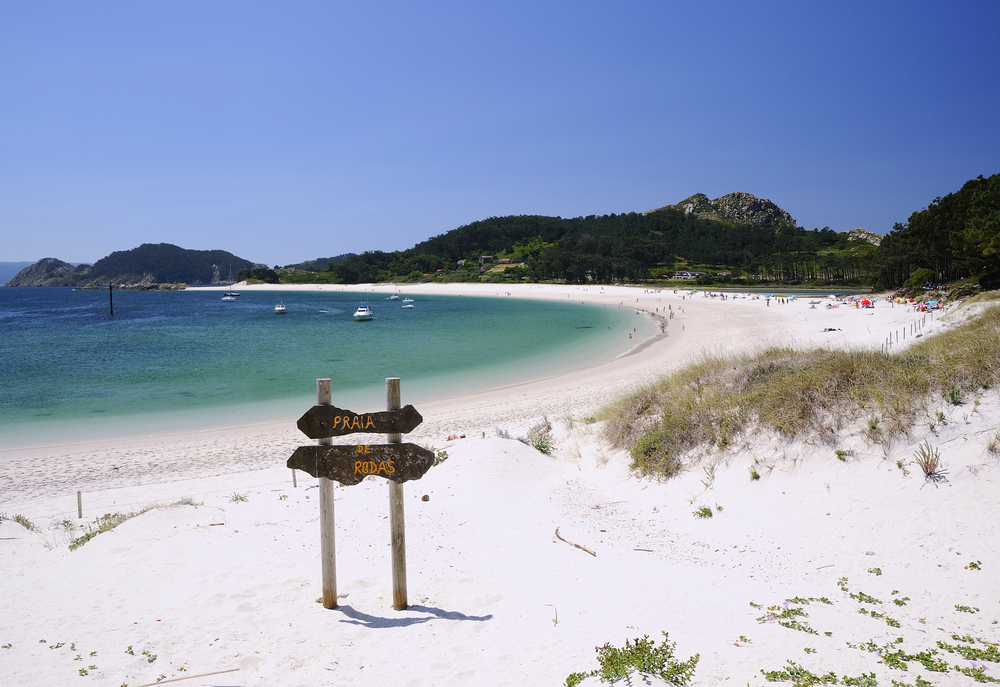
Cíes Islands form an Atlantic archipelago off Spain’s Galician coast. Limited daily visitor permits preserve their pristine condition and prevent overcrowding. The islands maintain nature preserve status, with no hotels or permanent residents, ensuring the beaches remain as they have for centuries.
Camping provides the only overnight option, creating dawn and dusk experiences on near-empty beaches after day visitors depart on the last ferry back to the mainland.
Andaman Coast, Myanmar
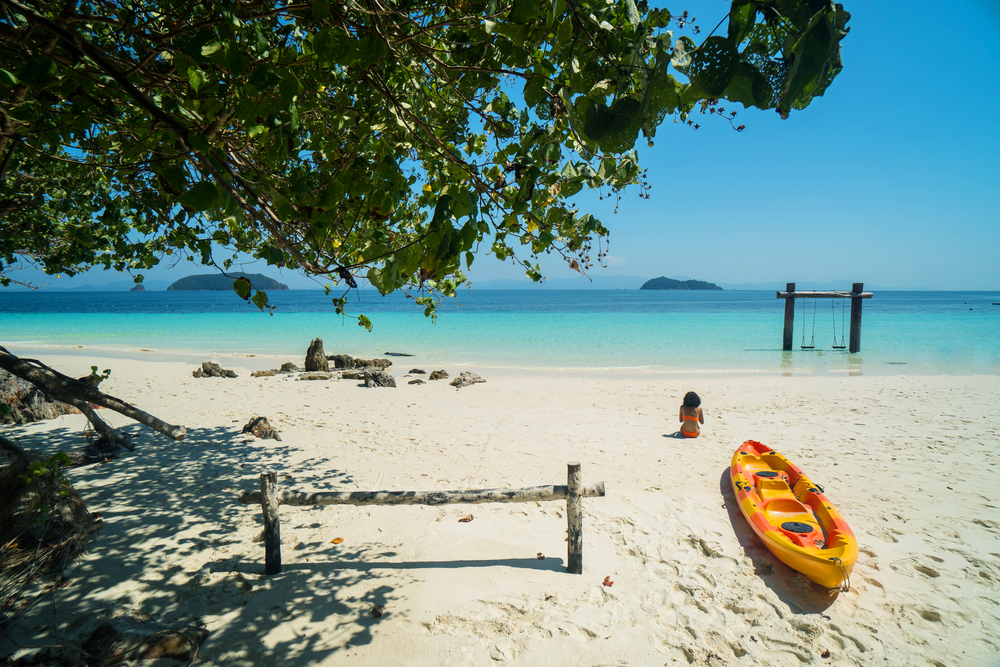
 Image Credit: DepositPhotos
Image Credit: DepositPhotosAndaman Coast stretches along Myanmar’s southwestern edge with minimal development and hundreds of islands where footprints in the sand likely belong to fishermen rather than tourists. Limited infrastructure and access points naturally restrict visitor numbers despite beaches rivaling Thailand’s most famous destinations just across the border.
Traditional Moken ‘sea gypsy’ communities maintain their distinctive maritime culture in areas increasingly threatened by development elsewhere in Southeast Asia.
Cambria, California
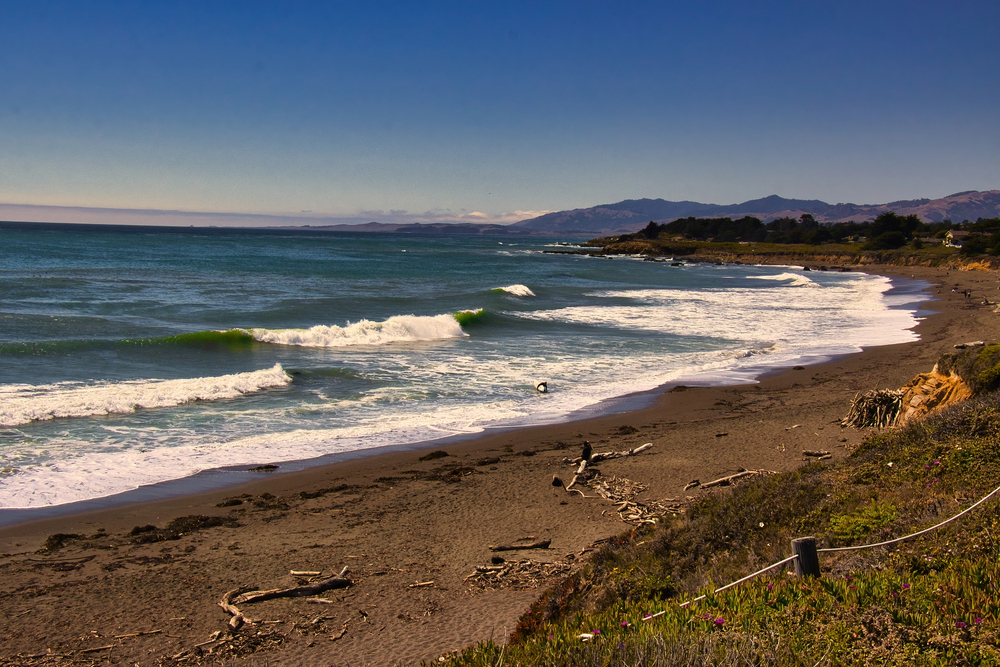
Cambria nestles along California’s central coast halfway between Los Angeles and San Francisco, yet remains pleasantly uncrowded compared to better-known coastal towns. The rugged shoreline features dramatic bluffs and rocky beaches where Moonstone Beach draws collectors searching for polished stones and sea glass rather than sunbathers seeking perfect tans.
Morning fog often shrouds the coast in mystery before burning off to reveal tide pools teeming with starfish, anemones, and tiny crabs, while offshore, sea otters float on their backs among kelp forests visible from numerous viewing points.
Like Travel Pug’s content? Follow us on MSN.
Nature’s Quiet Corners
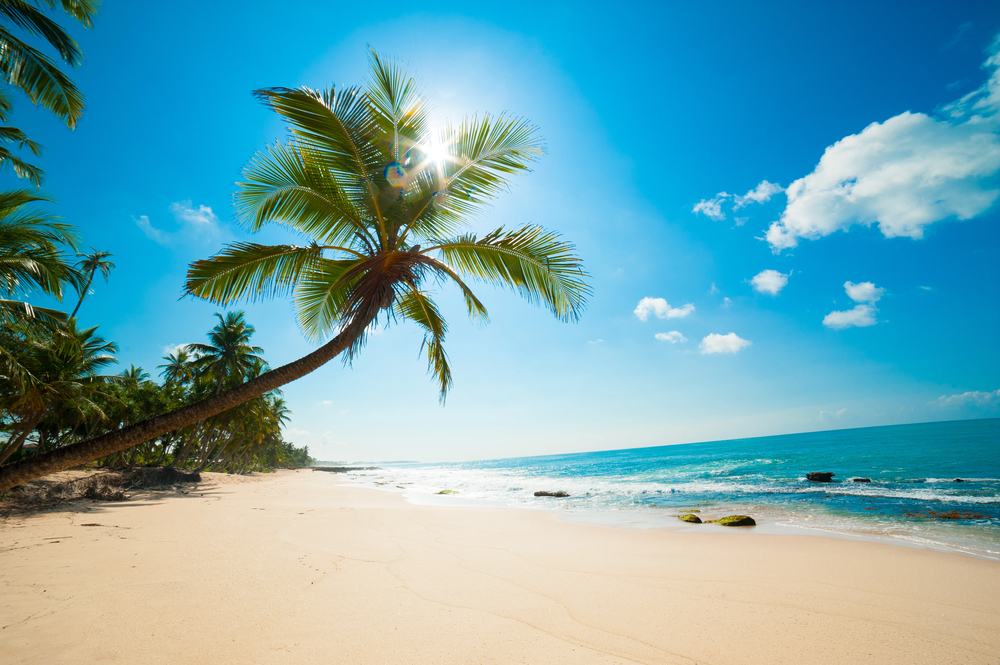
These less-traveled coastal destinations remind us that genuine beach experiences still exist beyond the familiar postcard images and crowded shores of more famous seaside resorts. Their relative obscurity offers not only physical space but also the psychological room to connect with the elemental nature of coastlines, where land meets water in an eternal dance of tides and time.
As travelers increasingly seek authentic experiences over convenience, these quieter shores provide both natural beauty and cultural integrity, which are increasingly difficult to find in places where tourism has become the dominant industry rather than a welcome addition to existing coastal communities.
More from Travel Pug

- Cities Growing so Fast You Won’t Recognize Them in 10 Years
- 13 Destinations Where Tourists Regularly Regret Their Trip
- 16 U.S. Cities That Are Quietly Becoming Travel Hotspots
- Where to Travel If You Love Long Bus Rides and Daydreams
- 20 Cities Perfect for Solo Travelers Who Crave Adventure & Culture
Like Travel Pug’s content? Follow us on MSN.
